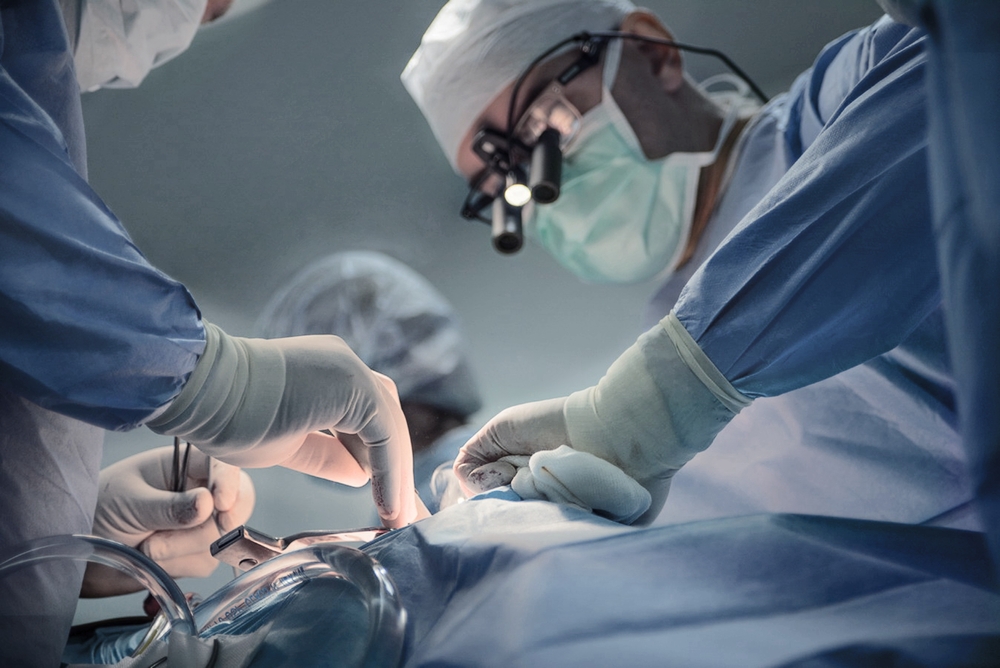
It is often done for religious, cultural, or medical reasons. Circumcision in adults can be more complex than in children, and the recovery period may be longer. However, with proper care and follow-up, successful outcomes can be achieved.
Adult circumcision is the surgical removal of the foreskin, also known as the prepuce. This procedure allows for circumcision to be performed later in life if it was not done during childhood or infancy. Adult circumcision can be performed for various reasons, including hygiene, sexual health, and the treatment of certain medical conditions. Additionally, some men choose to undergo circumcision in adulthood for religious or cultural reasons.
The primary purpose of adult circumcision is to improve penile hygiene and prevent certain health issues. By exposing the glans (the head of the penis), circumcision makes it easier to keep this area clean. Furthermore, circumcision can reduce the risk of urinary tract infections, balanitis, and sexually transmitted infections. Circumcision in adults enhances sexual health and overall quality of life.
Adult circumcision is mostly performed under local or general anaesthesia. During the procedure, the surgeon cuts and removes the foreskin (prepuce) and then closes the incision with surgical stitches or adhesive. Adult circumcision can be more complex than circumcision in children and requires a more careful surgical technique.
The procedure usually takes 30-60 minutes, and patients are generally discharged the same day. After circumcision, mild swelling, redness, and sensitivity of the penis are normal and typically resolve within a few days. It is important to adhere to hygiene rules and follow the care instructions provided by the surgeon during the recovery period.
Adult circumcision offers several health benefits. It improves penile hygiene and reduces the risk of urinary tract infections, balanitis, and sexually transmitted infections (STIs). Additionally, circumcised men have a lower risk of contracting viruses such as HIV and HPV. These health benefits are some of the reasons why adult circumcision is chosen. Moreover, circumcision is effective in treating certain medical conditions.
However, there are also risks and potential complications associated with adult circumcision. Postoperative complications may include infection, bleeding, and wound healing issues. In rare cases, surgical errors can result in damage to the penile tissue. The advantages and risks of adult circumcision should be thoroughly discussed with a doctor before the procedure, allowing patients to make an informed decision.
After adult circumcision, it is important for patients to carefully monitor their symptoms and follow their doctor's instructions. Mild swelling, redness, and sensitivity are normal after the procedure but typically resolve within a few days. Patients should adhere to hygiene rules and keep the wound area clean and dry.
Additionally, taking prescribed pain relievers and antibiotics regularly reduces the risk of infection and speeds up the recovery process. Regular follow-up appointments after circumcision are crucial to assess wound healing and monitor for potential complications. This follow-up and care process helps ensure a healthy recovery and allows the long-term health benefits of circumcision to be realized. For detailed information and to book an appointment, contact EMPCLINICS.
The aesthetic appearance after circumcision varies from person to person. A well-performed circumcision results in a neat and aesthetically pleasing appearance. In some cases, minor irregularities may need to be corrected after complete healing.
Circumcision generally does not negatively affect sexual functions. In fact, some studies suggest that circumcision may reduce the risk of sexual dysfunction. However, full recovery should be achieved before resuming sexual activity.
There is no specific age limit for adult circumcision. Any adult in good health can undergo circumcision for medical or personal reasons.